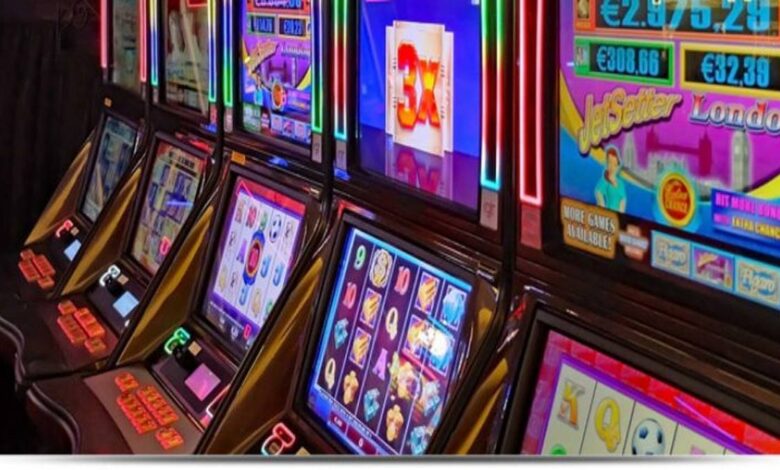Online Slot Site Features Sophisticated Graphics and Engaging Sound Effects
Online slot games have transformed the way players experience digital entertainment. Beyond the thrill of winning, modern slot sites focus on delivering visually stunning graphics and immersive sound effects that elevate gameplay. These features create a captivating environment, making each spin more exciting and enjoyable. Whether it is the detailed animations of spinning reels or the realistic sound cues signaling wins and bonuses, players are drawn into an interactive and engaging world. High-quality visuals and audio ensure that every session feels dynamic, enhancing satisfaction and player retention.
Stunning Graphics Enhance Gameplay
Graphics play a crucial role in making online slot gacor terpercaya appealing. Developers invest in high-resolution designs, vibrant colors, and intricate themes to create an attractive gaming environment. Players can enjoy:
- Realistic animations that bring game characters and symbols to life.
- Creative themes ranging from ancient civilizations to futuristic worlds.
- Smooth transitions that make gameplay fluid and visually pleasing.
- Detailed backgrounds adding depth and context to each game.
These elements not only make the games visually engaging but also help players feel more connected to the experience, encouraging longer play sessions.
Immersive Sound Effects
Sound effects are equally important in enhancing the slot experience. Carefully designed audio can make gameplay more interactive and exciting. Players often enjoy:
- Winning chimes and jingles that celebrate each success.
- Thematic background music that matches the slot’s storyline or setting.
- Dynamic audio cues that respond to spins, bonuses, and special features.
- Sound layering for a more realistic and immersive experience.
These audio components make players feel like they are part of a real casino, boosting engagement and enjoyment.
Interactive Features for a Complete Experience
Modern slot sites integrate graphics and sound with interactive elements to maximize player satisfaction. Key features include:
- Bonus rounds and mini-games with visually appealing effects and sound rewards.
- Animated symbols that trigger reactions when players win.
- Progressive jackpots that visually and audibly highlight big wins.
- User-friendly interfaces that ensure smooth navigation without disrupting visuals or audio.
Benefits of Advanced Graphics and Sound
High-quality graphics and engaging sound effects provide multiple advantages for players and operators alike:
- Enhanced immersion keeps players entertained for longer periods.
- Increased excitement as visual and audio cues highlight wins.
- Better retention as players are drawn to sites offering a polished experience.
- Memorable experiences that encourage repeat visits and recommendations.
Online slot sites with sophisticated graphics and engaging sound effects deliver an immersive, entertaining gaming experience. By combining visually stunning designs, realistic animations, and interactive sound cues, these platforms ensure that players enjoy every moment of gameplay. Whether seeking thrilling wins or simply enjoying the interactive environment, the integration of high-quality visuals and audio transforms ordinary spins into captivating adventures. Players benefit from a more dynamic and rewarding experience that keeps them coming back for more.





